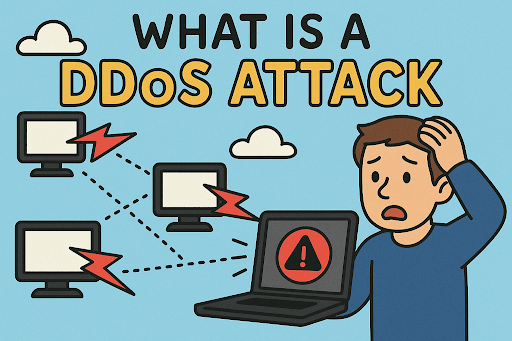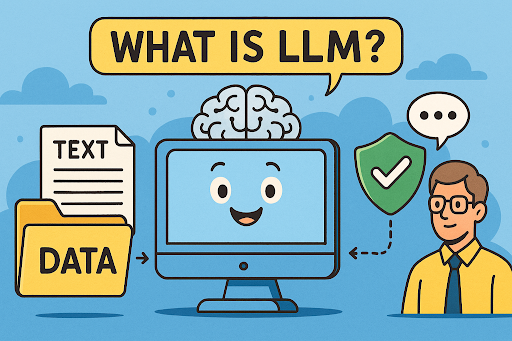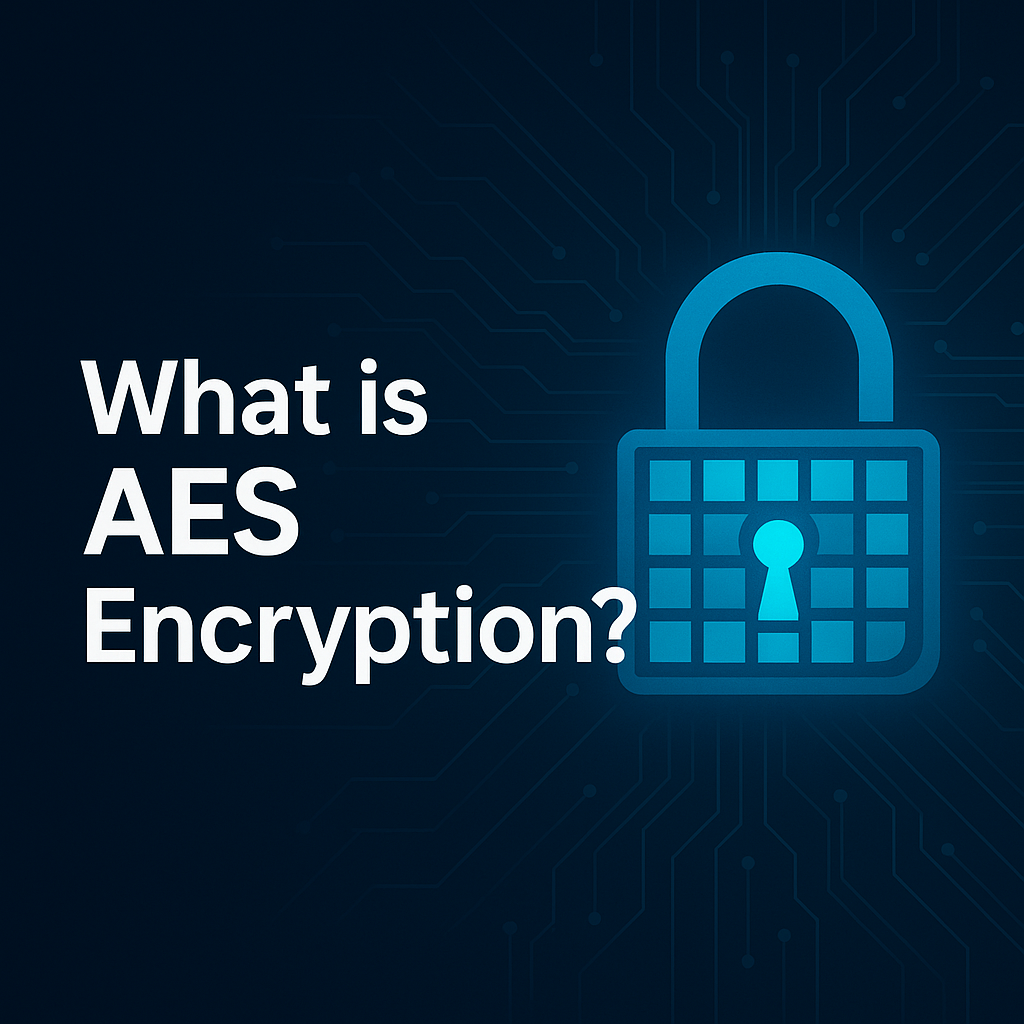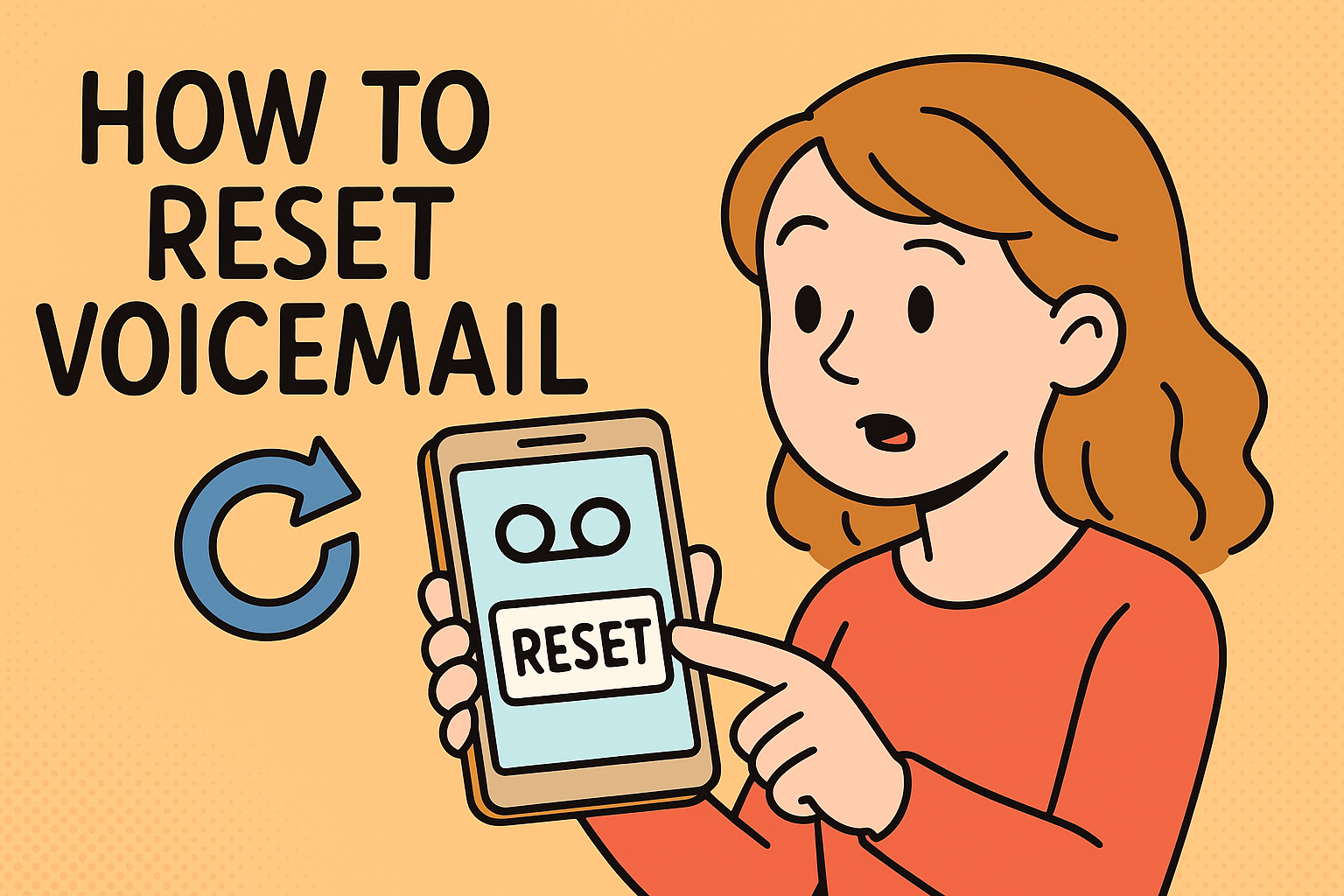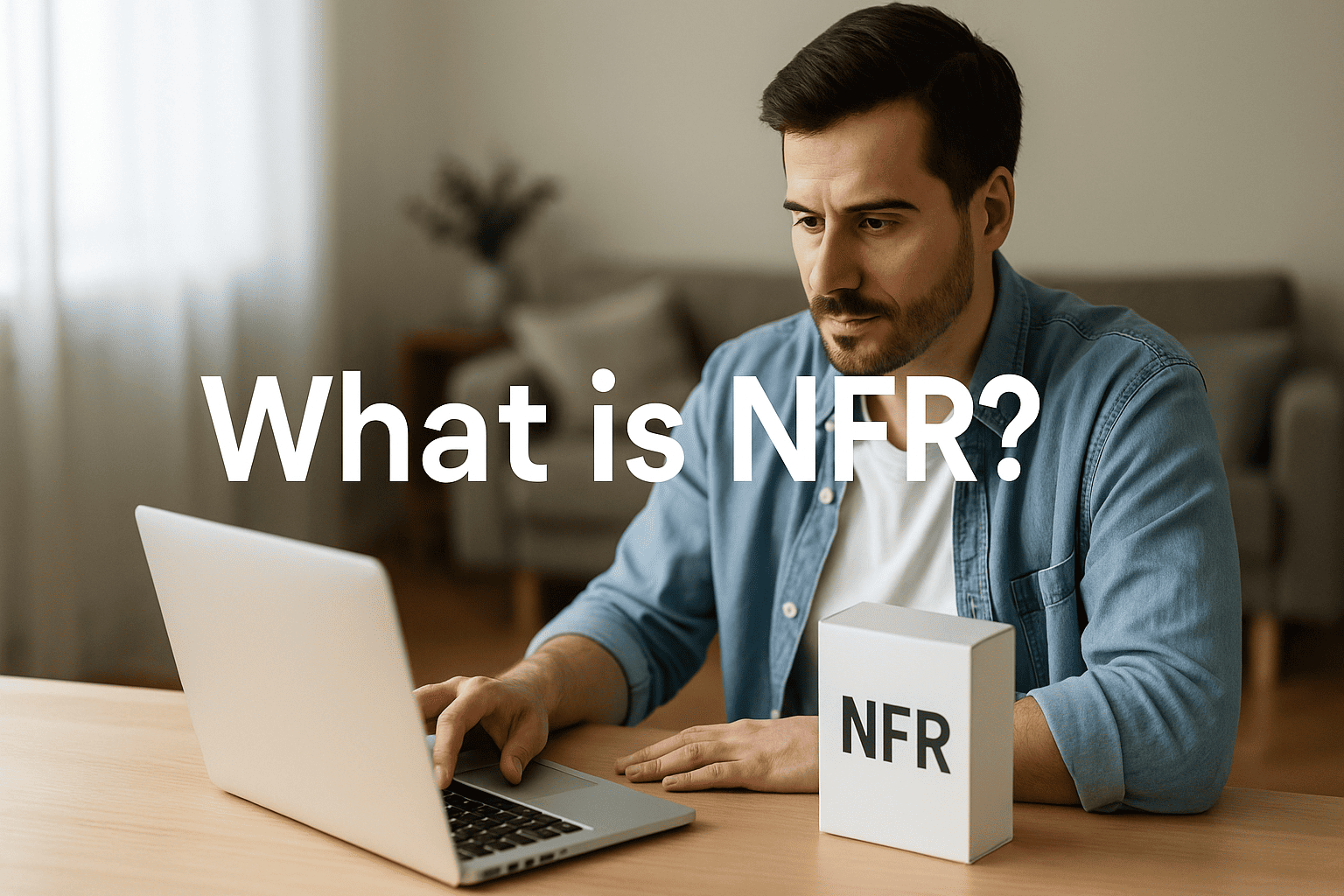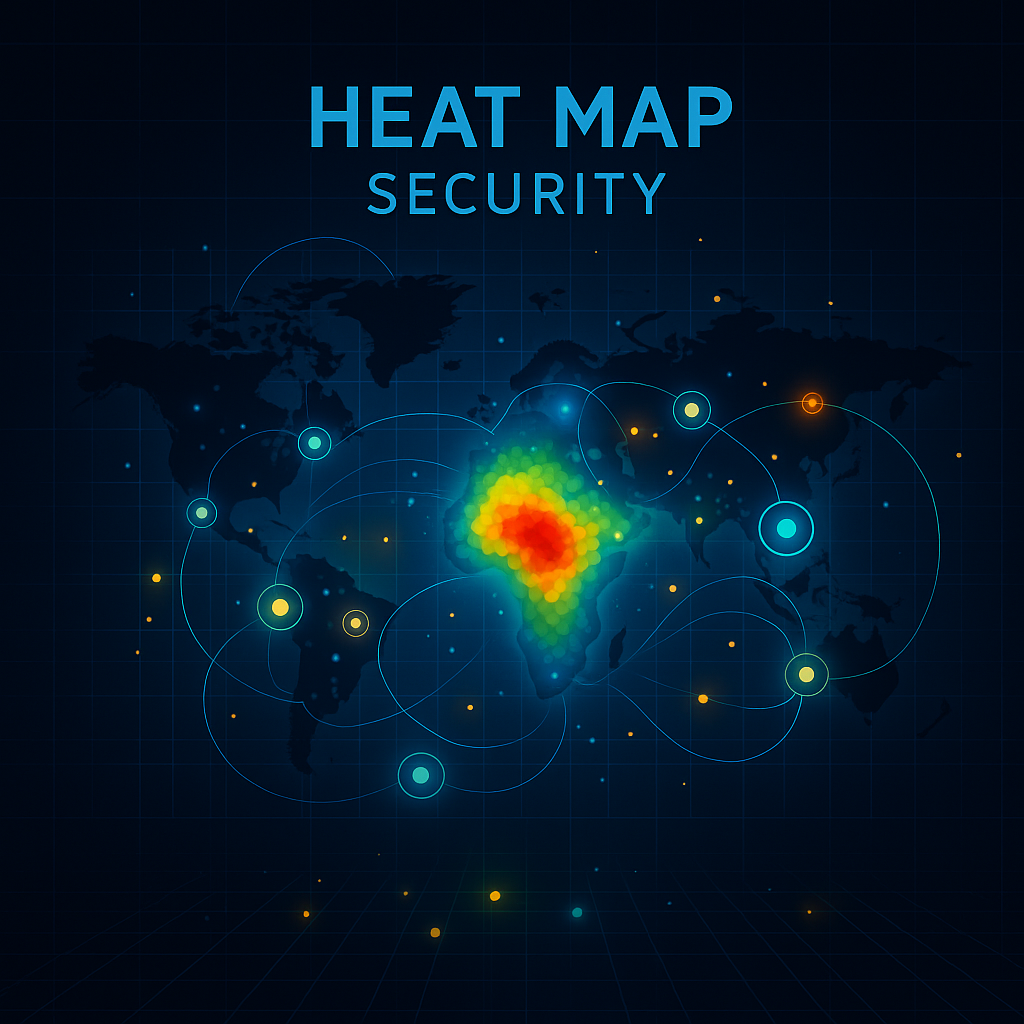How to Obtain Security Clearance: Step-by-Step Guide for Professionals
Updated on August 25, 2025, by Xcitium
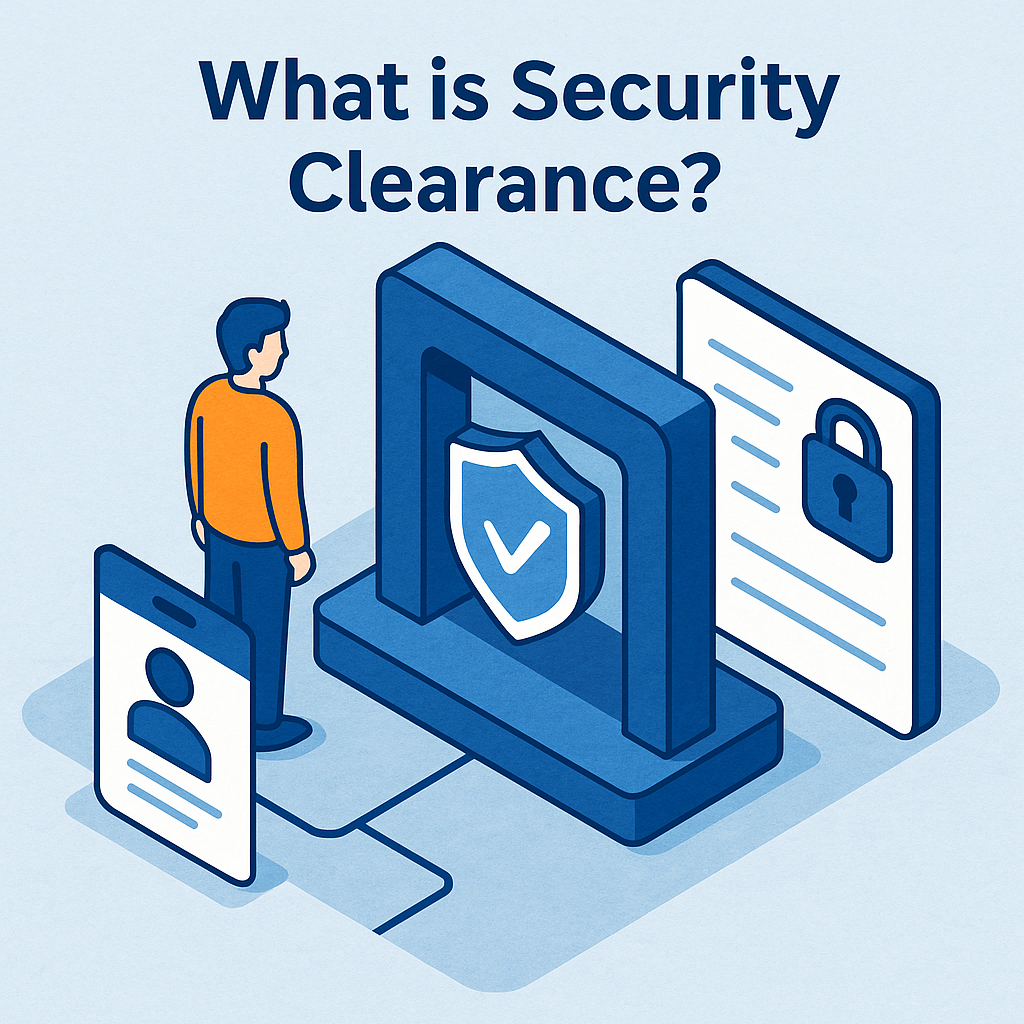
Ever wondered why some jobs—especially in cybersecurity, defense, or government contracting—ask whether you have security clearance? Having clearance means you’ve been vetted and trusted to handle sensitive or classified information. If you’re an IT manager, security professional, or C-level executive aiming to work in sectors like defense or federal contracting, knowing how to obtain security clearance can be career-changing.
In this blog, we’ll break down the process, requirements, and practical steps to make your path smoother.
What Is Security Clearance?
A security clearance is official permission granted after a background check, allowing individuals to access sensitive or classified government data.
Levels of Clearance:
- Confidential – Lowest level, access to limited sensitive info.
- Secret – Mid-level, commonly needed for defense-related work.
- Top Secret – Highest level, access to highly sensitive national security data.
Some roles also require SCI (Sensitive Compartmented Information) or polygraph tests for highly restricted projects.
Who Needs Security Clearance?
Not everyone does. Typically, these groups require clearance:
- Government employees in defense, intelligence, or federal agencies.
- Contractors working on government projects (IT, cybersecurity, engineering).
- Consultants in industries handling classified or restricted info.
Step-by-Step: How to Obtain Security Clearance
1. Receive a Job Offer First
You can’t apply for clearance independently. It must be sponsored by a government agency or employer.
2. Submit Security Forms
- You’ll complete Standard Form 86 (SF-86), covering employment, residences, foreign contacts, travel, and financial history.
- Accuracy is key—mistakes can delay the process.
3. Background Investigation
Investigators check:
- Employment history
- Criminal records
- Financial status (debt, bankruptcy, tax issues)
- Foreign contacts & travel
4. Interviews and Polygraph (if needed)
Some clearances require personal interviews or even polygraphs, especially for SCI-level roles.
5. Final Decision (Adjudication)
Authorities weigh your reliability, trustworthiness, and loyalty before granting clearance.
Factors That Can Delay or Deny Clearance
- Financial problems (unpaid debt, bankruptcy).
- Substance abuse history.
- Undisclosed foreign relationships.
- Criminal convictions.
- Dishonesty in application forms.
Tips for a Smooth Process
- Be completely honest on your forms.
- Resolve debts and taxes before applying.
- Disclose foreign travel and connections.
- Prepare professional and personal references.
- Keep copies of forms and documents.
Security Clearance in Cybersecurity & IT
For cybersecurity professionals, having clearance gives a competitive edge. Federal agencies and defense contractors are constantly seeking IT managers, SOC analysts, and security engineers with valid clearance. This makes you eligible for higher-paying jobs and exclusive government contracts.
Frequently Asked Questions (FAQ)
1. Can I apply for clearance myself?
No, you need a sponsor such as a government agency or contractor employer.
2. How long does it take to get clearance?
It ranges from a few months to over a year depending on the level and background complexity.
3. Does clearance expire?
Yes. Clearances must be renewed periodically (e.g., every 5–10 years).
4. What if my clearance is denied?
You can appeal and provide additional evidence to support your case.
5. Is clearance transferable between jobs?
Yes, but only if the new employer is also authorized to sponsor clearances.
Final Thoughts
Knowing how to obtain security clearance can open doors to exciting opportunities in defense, government, and cybersecurity. The process can feel intimidating, but with preparation, honesty, and patience, you can significantly improve your chances of approval.
Ready to Advance Your Cybersecurity Career?
Boost your professional standing with the right tools and training. Strengthen your organization’s defenses with enterprise-grade protection.




